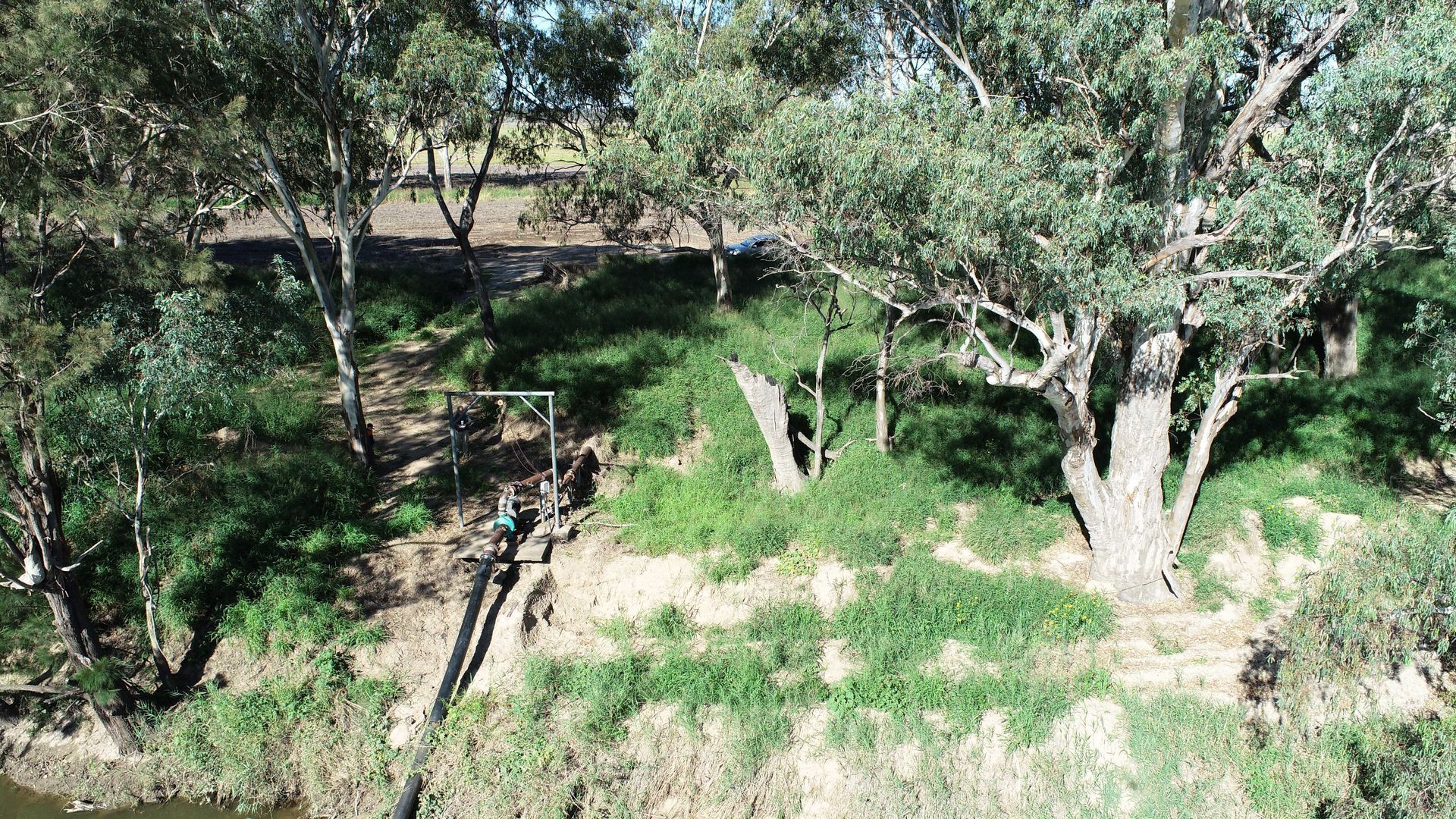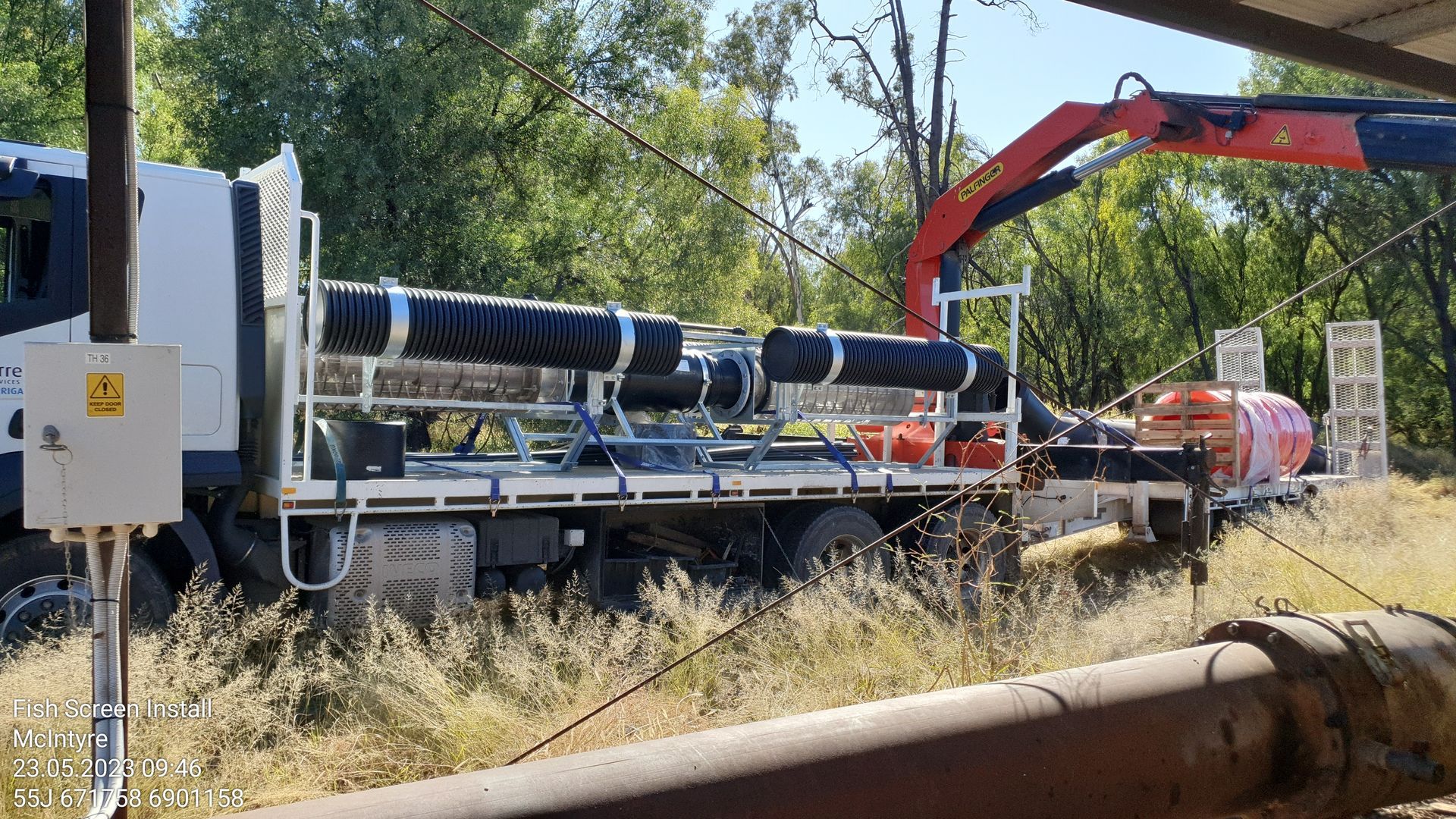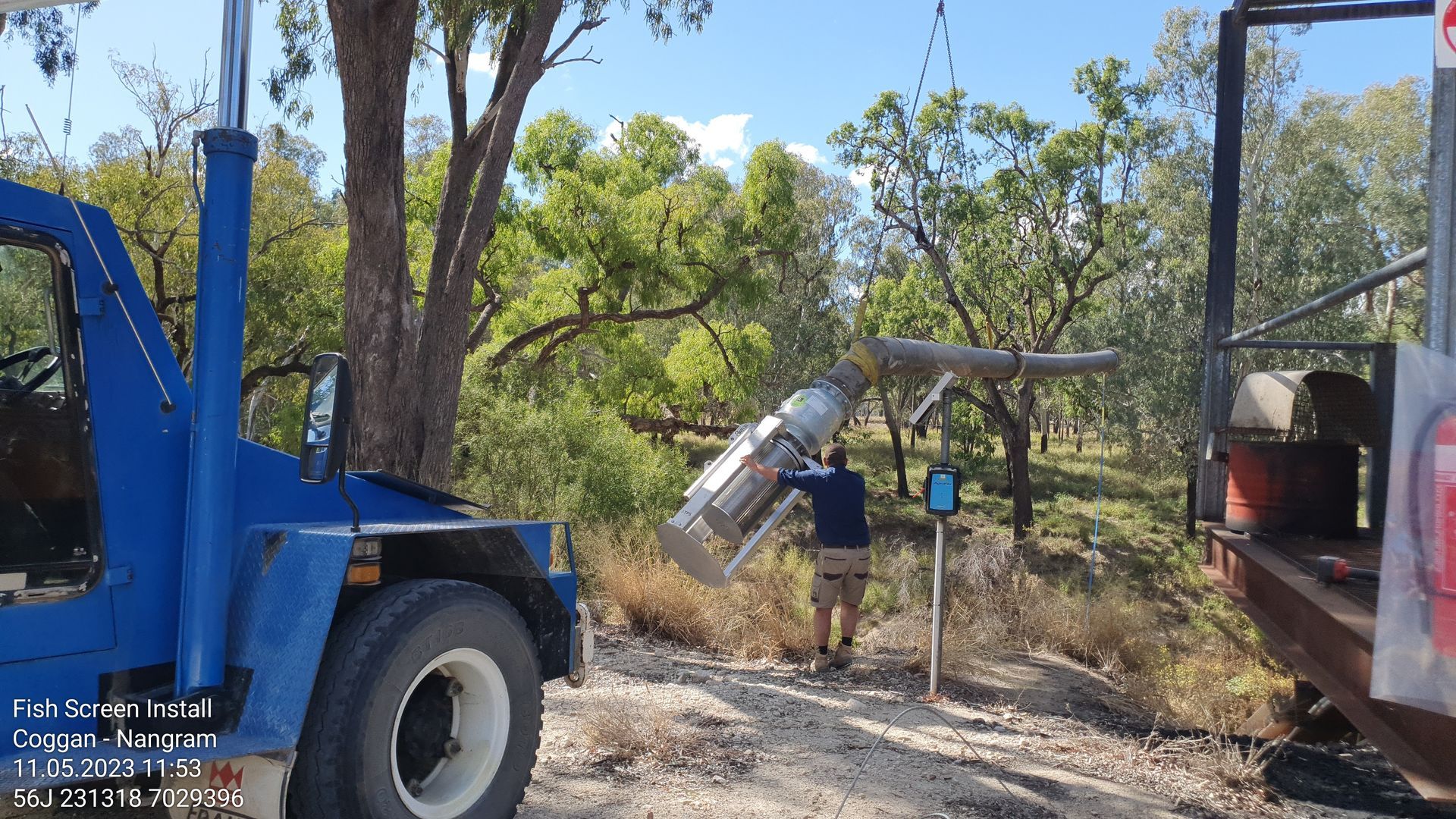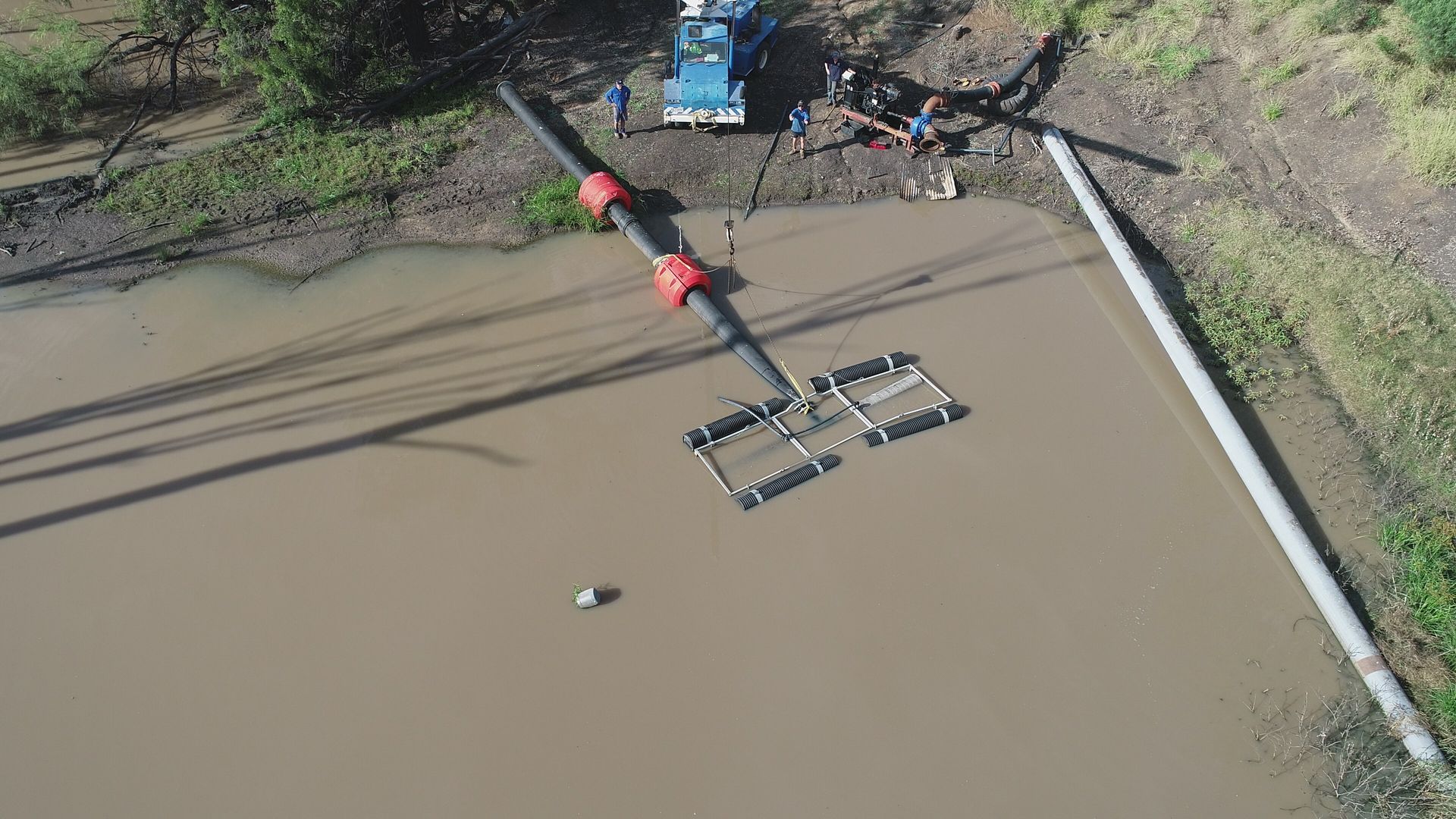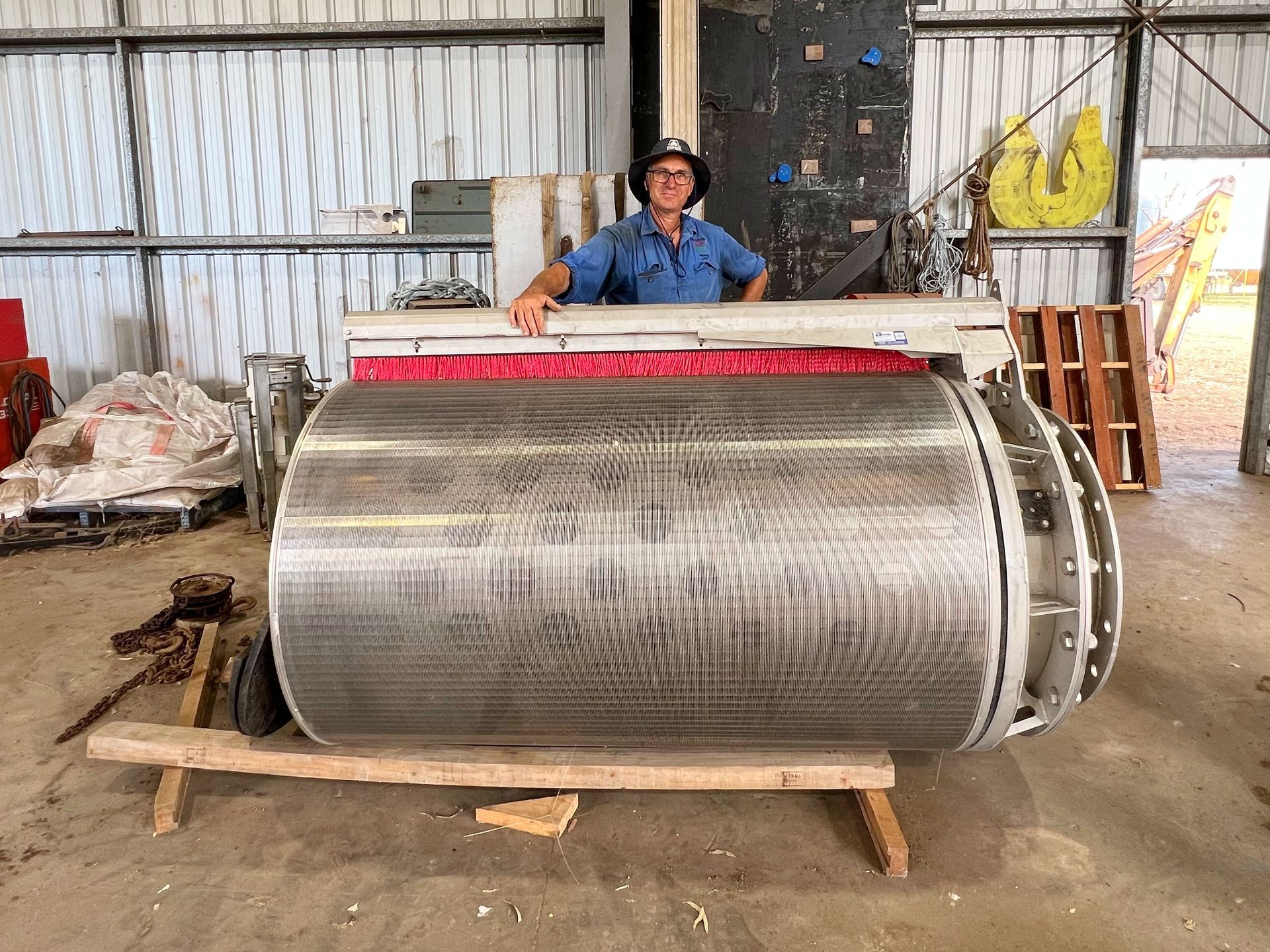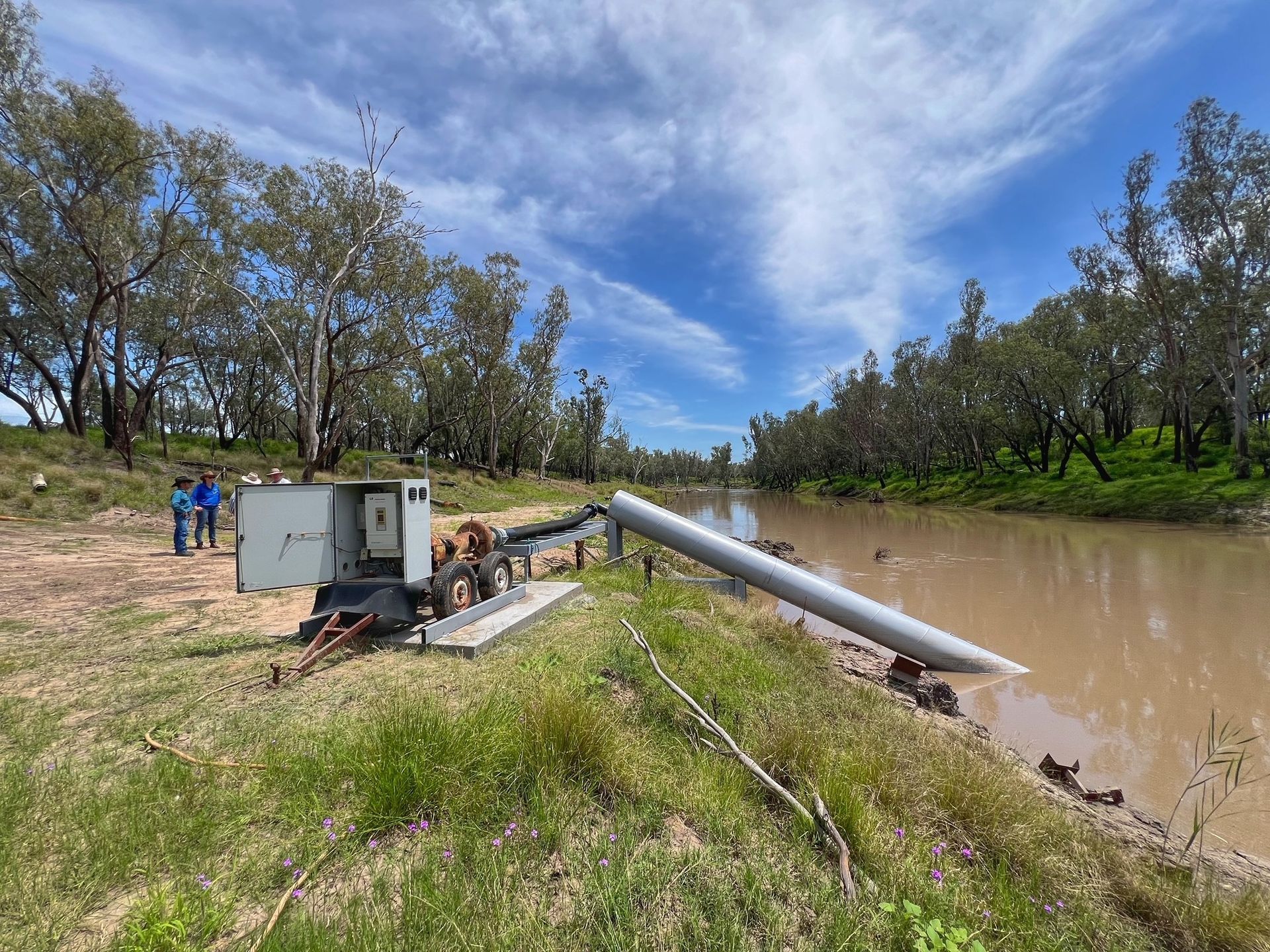Let's Talk Soil Carbon
Strive to Improve Your Soil health! And Keep Excellent Records and Soil Samples – that’s the message to farmers from internationally renowned soil carbon expert, Dr Terry McCosker at workshops held in Goondiwindi and Warwick recently.
More than 100 farmers and industry representatives attended the ‘Let’s Talk Soil Carbon’ workshops hosted by Southern Queensland Landscapes; many hoping to understand the complex legislation and identify ways to implement soil carbon sequestration on their own farm as a new income source.
While just 1% of all carbon projects currently underway in Australia is from agriculture, Resource Consulting Services (RCS) Director, Dr Terry McCosker told the gathering plans to improve the legislation are in progress to make it easier for agriculture to realise income from carbon projects.
“It’s a bit of a problem at the moment and the complexity and methodology outlined in the act makes it difficult for farmers to take part,” Dr Terry McCosker said.
“Currently the legislation allows for farmers to 1) measure their soil carbon improvement or 2) calculate improvements based on modelling developed by the CSIRO,” Dr McCosker said.
“Both have limitations in as much as measuring can be costly and for many small farms, it may not be viable,” he said.
“And with modelling it’s a blanket approach which gives everyone in a certain restricted region the same baseline, which means if you have been a proactive farmer practicing soil carbon sequestration techniques you will start on the same baseline as your neighbour who has done nothing; this is not the best fit for people outside high soil organic carbon regions as indicated via the CSIRO mapping.”
But a third option is in the pipeline; a hybrid approach which will combine the best of both methods 1) and 2) and hopefully resolve some of the complexities of implementation being experienced by the agricultural sector.
“It is going to get less complex and it will be more relevant to the agricultural industry in the future as we fine tune things; and I expect we are probably a year away from seeing the changes the industry needs,” Dr McCosker said.
“In the meantime, farmers should look at how they can improve the health of their soils and start putting in processes to keep excellent records of their activities to achieve improvements including basic agronomic soil samples; so that if the regulated market for ACCUs is not viable, there may be alternatives on the voluntary market. However focussing on productivity improvements should be the first priority.” he said.
“At the moment some farmers feel the work they have done in the past is not recognized and I understand their concern but any improvement in soil health will be contributing to productivity and profitability,”
“But I believe the problems with the current regulations are addressable if we keep communicating and pushing for change; however our first priority is to focus on improving soil and ecosystem health for better productivity and profitability. Any gains from carbon or environmental credits is a bonus for the future….”
Dr Terry McCosker will present at two more workshops set to be held in Chinchilla and Charleville during May and he encourages landholders in these regions to attend so they can plan and prepare for advantageous changes to the legislation which will see the adoption of soil carbon projects in agriculture made easier.
Let’s Talk Soil Carbon – Chinchilla
WHEN: 18 May 2021
WHERE: Chinchilla Cultural Centre, 80-85 Heeney Street, Chinchilla
REGISTER: https://bit.ly/32CT42r
CONTACT: Anita Erba at anita.erba@sqlandscapes.org.au
Let’s Talk Soil Carbon – Charleville
WHEN: 20 May 2021
WHERE: Charleville RSL
REGISTER: https://bit.ly/3eozCfl
CONTACT: Kate Percival at kate.percival@sqlandscapes.org.au
ENDS
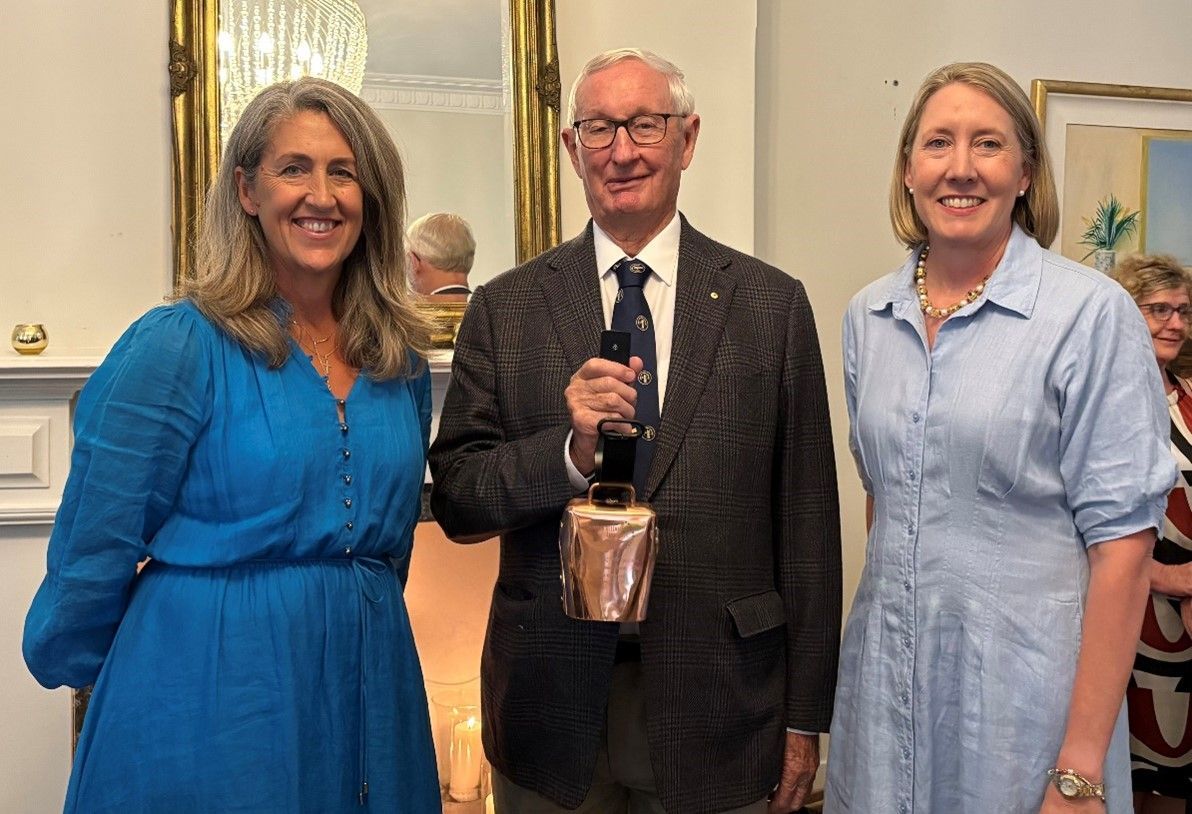
Southern Queensland Landscapes is seeking an experienced and influential Board Chair to lead a multi-skilled Board in managing natural resources across Southern Queensland. This is a 3-year remunerated role based in Toowoomba, QLD, with the flexibility to manage from anywhere in Southern QLD. The ideal candidate will bring: • Substantial experience leading diverse Boards • Strong relationship-building and leadership skills • Expertise in environmental and agricultural matters This role is an opportunity to shape the future of natural resource management, working closely with land managers, community leaders, and industry professionals. Are you ready to make an enduring impact? For more details and to apply, visit www.windsor-group.com.au/job/board-chair-natural-resources-peak-body or contact Mike Conroy at apply@windsor-group.com.au.
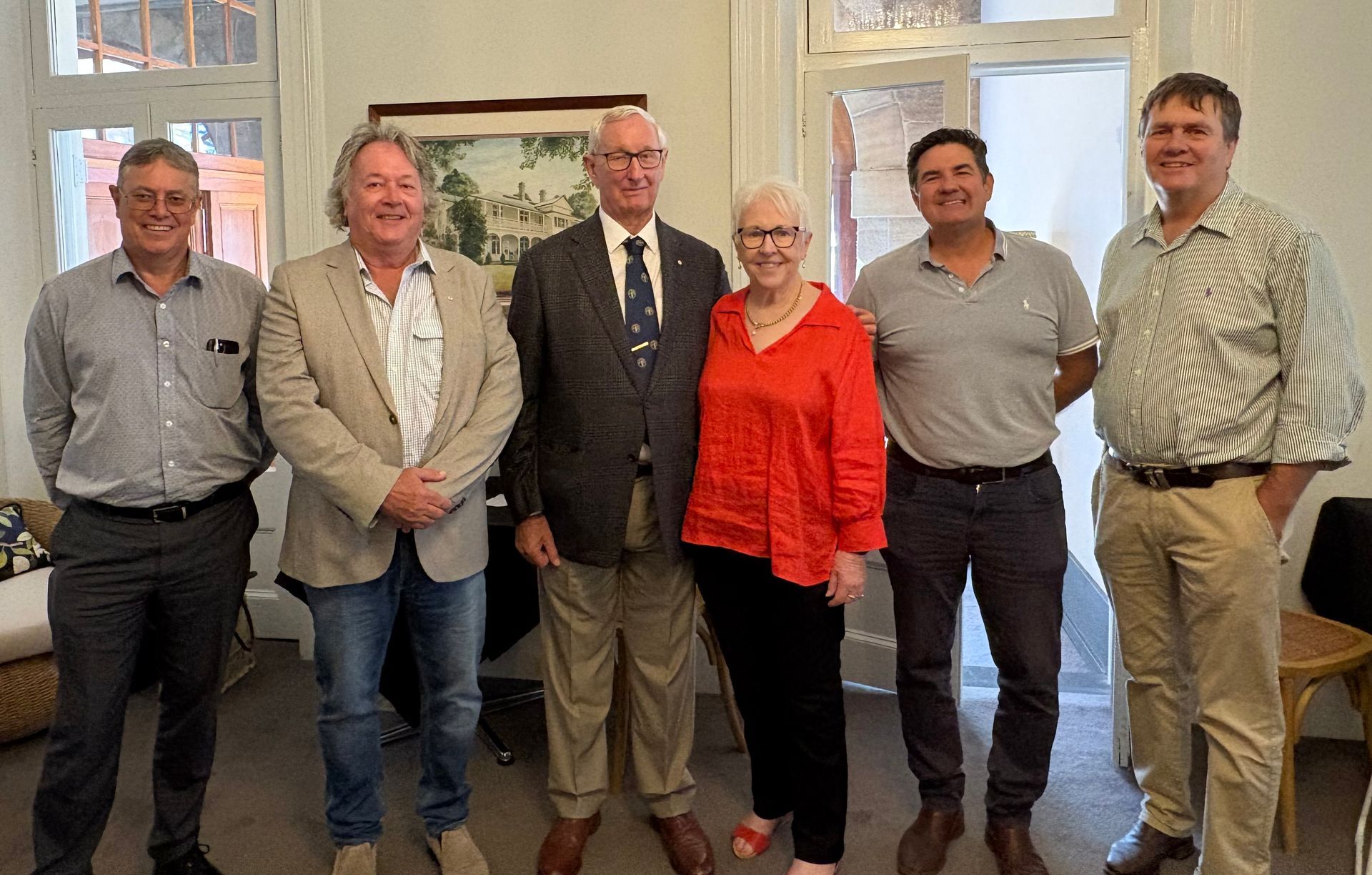
This week marked the final Board meeting for retiring Southern Queensland Landscape Chair, The Hon Bruce Scott AM. The Southern Queensland Landscapes Board hosted a function at Gip’s restaurant in Toowoomba, joined by past Directors, industry stakeholders and the Southern Queensland Landscapes Management team, where Bruce was warmly acknowledged and thanked. Bruce offered special thanks to his dear wife Joan for her support during his period of service to Southern Queensland Landscapes, in particular the warm country hospitality she has offered to many visitors to Roma. Bruce also recognised and thanked Southern Queensland Landscapes Company Secretary Pam Murphy, who has supported Bruce in his service to Southern Queensland Landscapes since the organisation’s inception.
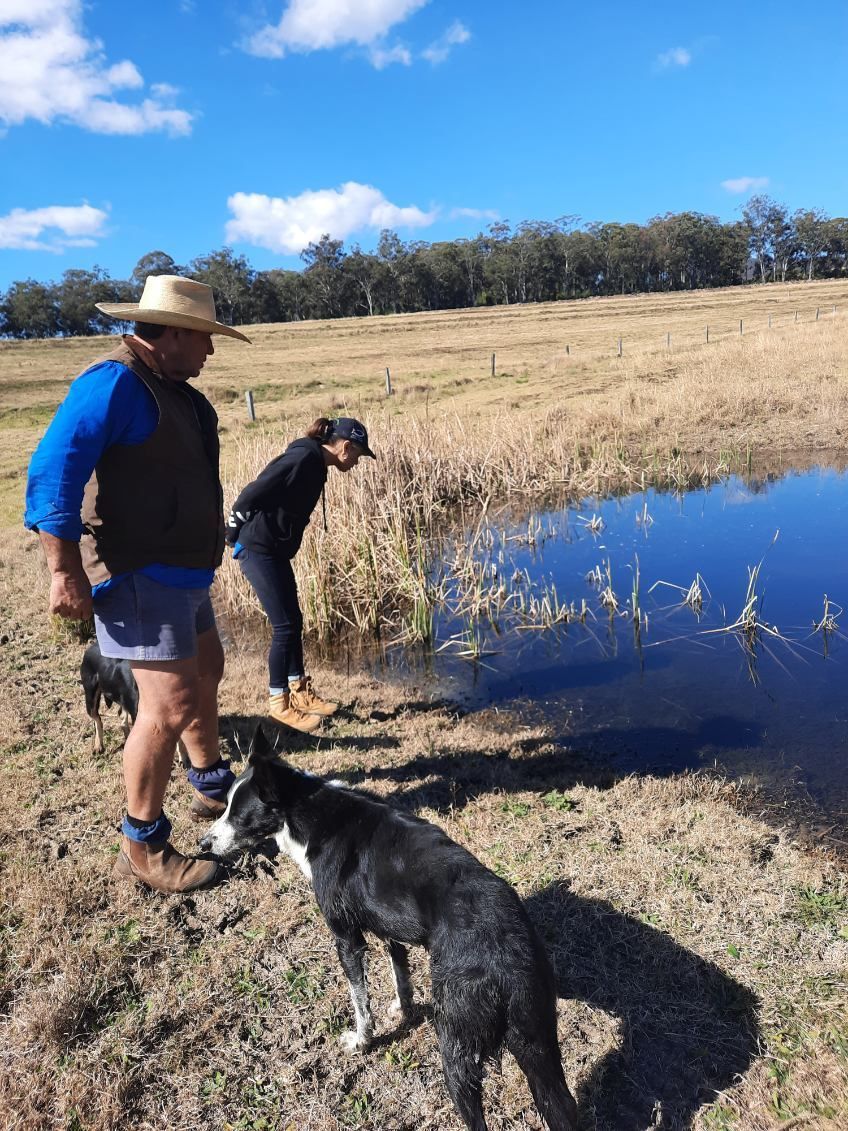
The Condamine Headwaters, a critical ecosystem in Southern Queensland, has long faced threats from sedimentation, habitat degradation, and thermal regime changes. The Blackfish Project, dedicated to reversing these impacts, unites scientists, landowners, and the community in a shared mission to restore and protect this vital environment. At its core lies the river blackfish, a sensitive indicator of the overall ecosystem health. Central to the project's success is the unwavering commitment of landowners like Paul Graham. Inspired by the project's vision, Paul reached out to SQ Landscapes seeking support for a solar pump and tank to divert his cattle away from waterways on his property. Paul's deep-rooted love for his land, captured in his humorous quip "I love my land more than I love my wife," is a testament to the powerful connection between people and place that drives conservation efforts.
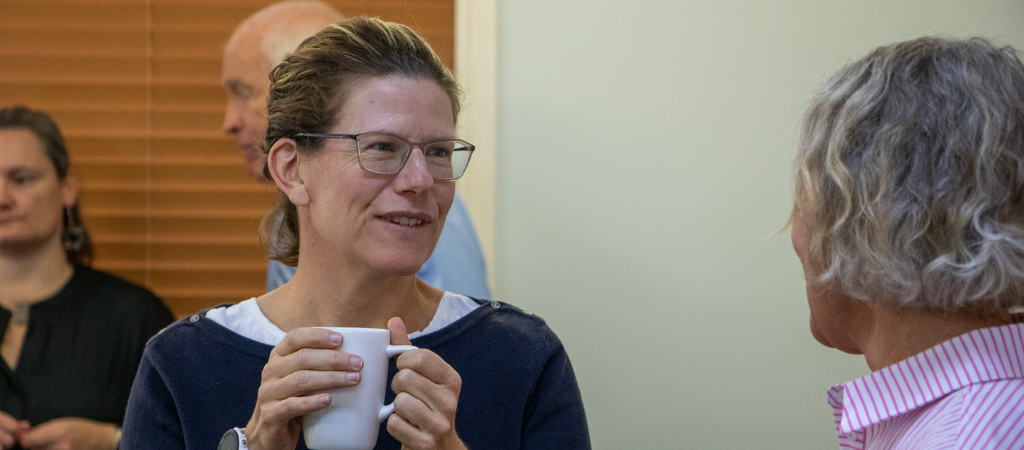
The Board of Southern Queensland Landscapes recently met in Toowoomba. In addition to the Board meeting, Board and Executive worked through updating SQ Landscapes’ strategy. Company Secretary Pam Murphy highlighted the importance of the latest Board meeting and what it means for the company’s future. “The updated strategy will help SQ Landscapes deliver sustainable natural resource management (NRM) outcomes that improve the lives of people in regional communities now and for the future,” Pam Murphy said. “We’re excited to continue delivering value for our region and build Flourishing Landscapes and Healthy Communities across Southern Queensland under the guidance of the Board,” Mrs Murphy said.

